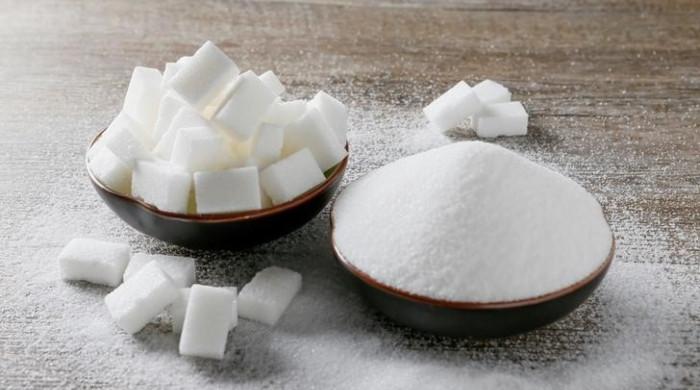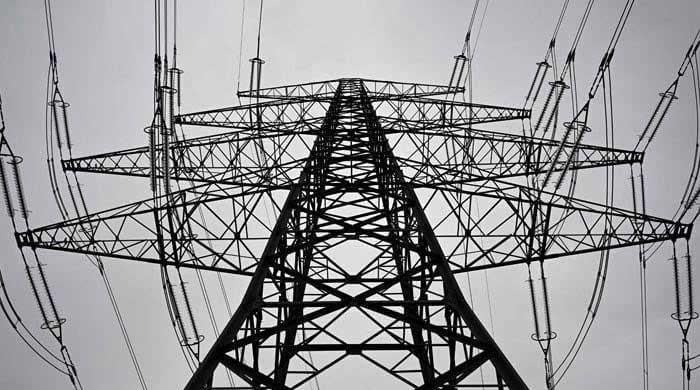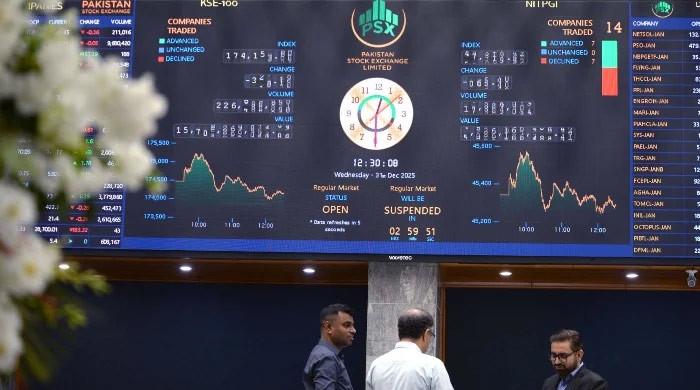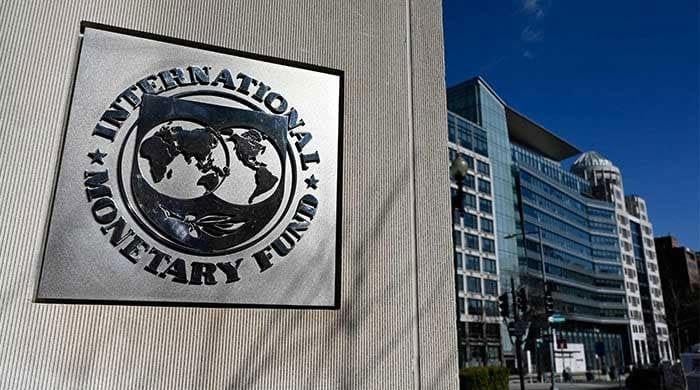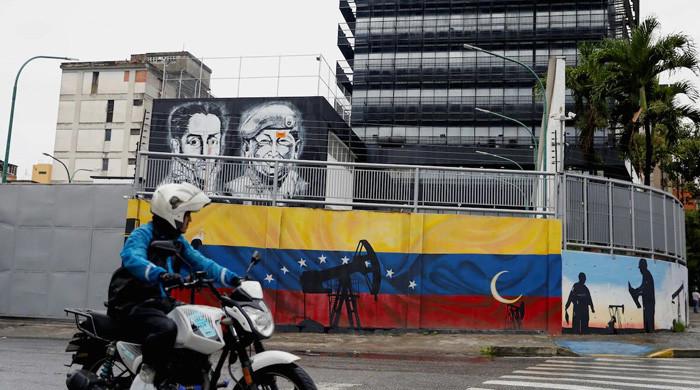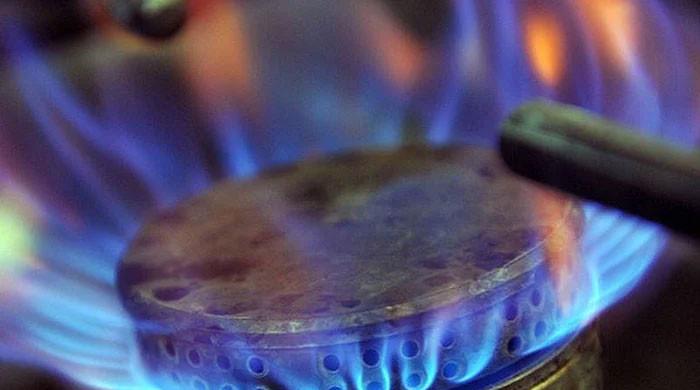Rupee likely to remain stable on balanced dollar demand-supply
“USD/PKR seems to be hovering around the 282 mark for another month or so," says Tresmark report
December 24, 2023
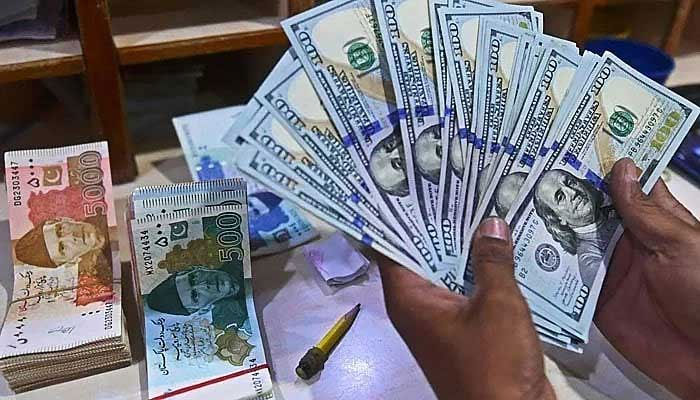
- Rupee closes week at 282.53 per dollar, gains 0.24%.
- Zero CAD policy major reason behind rupee stability.
- Forex exchange reserves remain under pressure.
KARACHI: The rupee is forecast to remain stable against the dollar in the coming weeks amid balanced demand and supply of the greenback and a shrinking current account deficit, The News reported Sunday citing analysts.
During the outgoing week, the local currency closed at 282.53 per dollar, gaining 0.24% from Monday’s close of 283.21, according to data by the State Bank of Pakistan (SBP).
In a weekly note published on Saturday, analysts at the financial terminal Tresmark said that the central bank's zero current account deficit (CAD) policy, which forces banks to balance outflows and inflows precisely, is a major factor in the currency's stability.
This is why the current account was somewhat positive for the last month. Pakistan posted a current account surplus of $9 million in November against a deficit of $184 million in October.
The country’s forex exchange reserves, however, remain under pressure due to external debt repayments. The reserves have fallen slightly from their peak of $12.9 billion in July to $12 billion as of December 15, despite the country recording a current account deficit in the five months of the current fiscal year. The CAD narrowed by 64% year-on-year to $1.16 billion in July-November FY2024.
“With premiums going strong, some exporters are booking proceeds up to January end, because the outlook for USD/PKR is stable. Not surprisingly, they are avoiding the election months and the presumable change in governments and consequently policies thereafter,” said Tresmark report.
“USD/PKR seems to be hovering around the 282 mark for another month or so. This cautiously optimistic outlook is contingent on IMF approval, contained inflation, and therefore REER [real effective exchange rate] and political stability,” it added.
"This practice of zero CAD comes at a huge cost, which is zero GDP growth. However, the current caretaker government is prioritising stability over growth whilst trying to cool down inflation."
The country’s forex obligations of $24 billion are worrisome, of which approximately $6 billion is a funding gap (factoring in repayments, rollovers, and known bilateral and multilateral commitments) for the next seven months. "With raising funds being extremely difficult from international markets, this will continue to pose a severe challenge," Tresmark said.
“The State Bank of Pakistan has managed to support swap premiums and is presumably doing sell/buy swaps in the markets at the behest of IMF. This can be seen in SBP's liquidity profile in which the net short positions have shrunk from $4.5 billion (June) to $2.9 billion (October).”
In a noteworthy move, the SBP has advised that the Exchange Companies Association of Pakistan put in place a system to calculate and publish the end-of-day open market exchange rates for six major currencies by December 26, 2023.
The SBP issued the directives to ensure transparency and credibility in the open market exchange rate compilation process.
"The action is a component of the reforms the SBP has implemented to improve the exchange companies' operation," an analyst said.
The SBP has revoked the licenses of forex companies engaged in dollar smuggling, hoarding, and speculating over the last three months.
Additionally, it allowed banks to establish wholly-owned exchange subsidiaries to undertake forex business.




